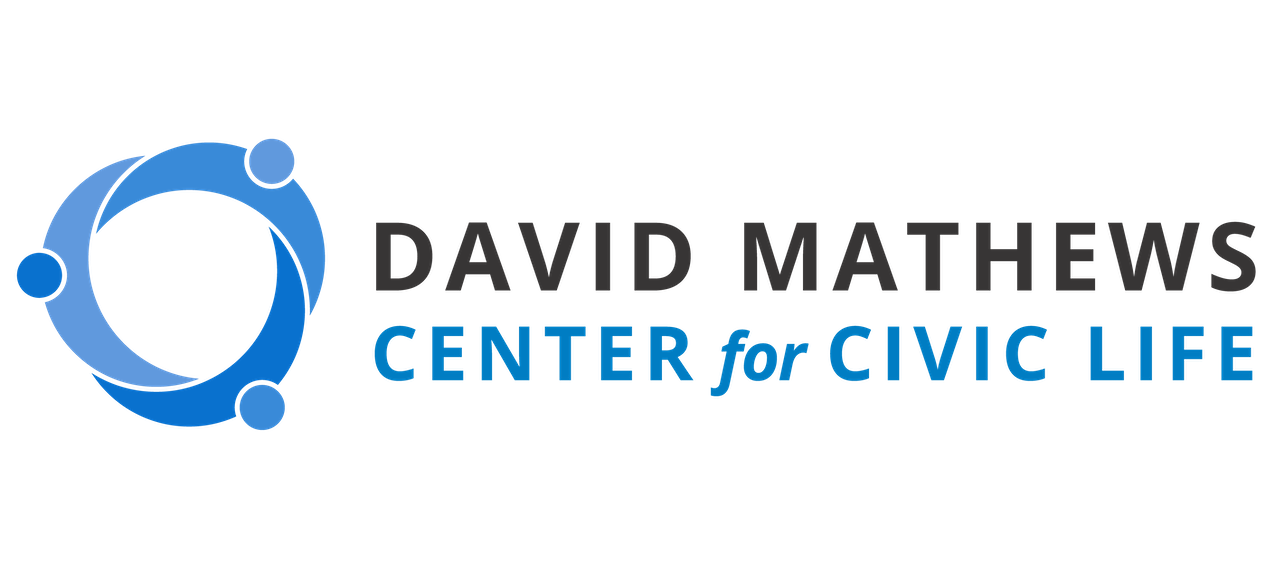Teaching Civic Skills: Media Literacy Resources
With an ever-increasing number of sources to gather information from, how can we be confident that the sources we read are trustworthy and the information that they provide is reliable and accurate? When we ask ourselves this question, what we are asking about is media literacy.
Being media literate means we know how to find information, evaluate the credibility of its source, identify its biases, and critically evaluate the information’s accuracy. According to the National Association for Media Literacy Education “Media literacy empowers people to be critical thinkers and makers, effective communicators and active citizens.”
I couldn’t agree more. What we read, watch and listen to informs not just what we know but how we act when it comes to current issues. Being media literate is not only essential to being an active citizen; teaching media literacy is an avenue for developing 21st-century civic skills: critical thinking, argument identification, an awareness of current issues, and, hopefully, an appreciation of different perspectives.
While teaching media literacy is essential, it is also daunting task. How do we teach about biases without coming across as biased ourselves? In the age of information, how do we prepare students to pay attention to the facts and not get overwhelmed by the noise? What are “the facts” even? Below are a few (free!) teaching tools we hope will be helpful when it comes to helping students develop media literacy.
Newseum
The Newseum, located in Washington, D.C. offers many media-rich ways for students to learn about the past and dozens of curriculum resources to help students better interpret the present. One interactive feature is Today’s Front Page. Using this tool, students can explore the front page of today’s newspapers, from Alabama to Alaska, and even across the world. Because of the availability of international papers, it can also be a great way for English Language Learners to stay engaged with their heritage language.
Today's Front Page also offers archival front pages from notable events in history. This is an excellent way for students to explore multiple perspectives on events that have changed the world and help them better understand the concerns of citizens and journalists that lived through events such as September 11th or the Arab Spring of 2011.
If you are searching for suggestions for how to use the archival and modern media material in your classroom, be sure to sign-up for a NewseumEd membership. Not only is it free, it provides access to a wide variety of lesson plans addressing everything from journalistic ethics to how to identify fact versus opinion.
Gamify-ing Media Literacy
The American Press Institute provides a list of online games that help students cultivate the skills necessary to analyze information and the credibility of sources. One of my favorites from their list is NewsFeed Defender a project of iCivics and the Annenberg Public Policy Center.
Our neighbors to the north also offer many great resources through Media Smarts: Canada’s Center for Digital and Media Literacy. “Reality Check,” available Media Smart’s website, walks students through a simulated newsfeed, introducing them to the many digital tools they can use to determine if information is trustworthy - and shareworthy.
Finally, Factitious is a multi-level game where students read through real articles and guess whether they are reliable or “fake.” Because this game uses real published stories it is a great way to introduce students to current events and help them think critically about what is being shared on social media.
If you’re looking to take your students beyond simulations and straight into real-world fact checking, Stanford’s Civic Online Reasoning website provides many skill focused lesson plans - all you have to do is create a free account.
Examining Perspectives, Uncovering Bias
One source I appreciate, as both a teaching tool and a resource for myself, is AllSides. This site aggregates dozens of sources from “all sides” that represent perspectives from across the political, cultural, and geographical spectrum. Not only is it an excellent resource for students to learn about challenges and advancement in communities around the world, but it’s also a great resource for studying media framing and learning how to examine bias. On that note, the American Press Institute offers an accessible overview of what bias is. They also issue a recommendation that instead of rejecting bias (which is near impossible) we instead learn how to examine our biases and manage how bias influences our thinking and writing.
By Gabrielle Lamplugh, Education Director


